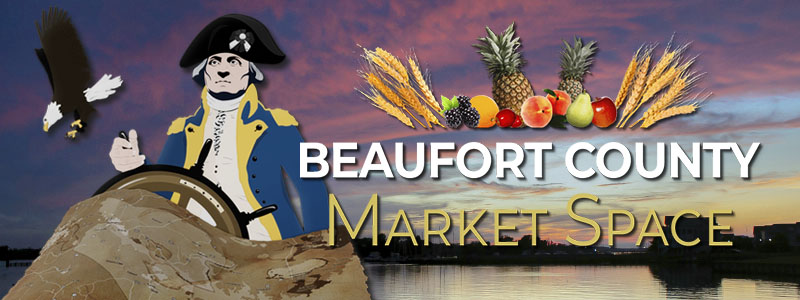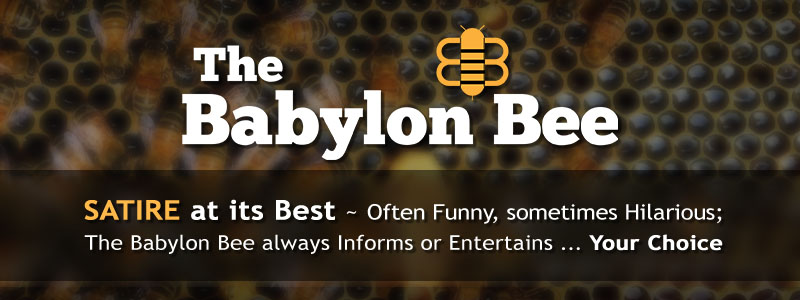Publisher's note: This article appeared on John Hood's daily column in the Carolina Journal, which, because of Author / Publisher Hood, is linked to the John Locke Foundation.
RALEIGH Has North Carolina become a state of extremes?
Based on recent events, and lots of recent handwringing, you might think so. You might think there was no feasible way for Republicans and Democrats to work together on matters of public concern. But your conclusion would be a hasty one.
For one thing, the flip in partisan control of the North Carolina General Assembly in 2010 and the governor's office in 2012 didn't bring to an end some prior golden age of good feelings and cooperation. Democrats and Republicans disagreed a lot during the lengthy period Democrats ruled the roost. And since 2010, there have actually been significant policies enacted with truly bipartisan support.
A good example would be a major rewrite of the state's transportation-funding formulas in 2013. A top priority of Gov. Pat McCrory, the new formulas shift around lots of money for roads and infrastructure. Some communities will gain. Others will lose. I thought the changes were wise but also destined to be highly controversial and hard to pass. I was wrong. Almost every legislator supported them.
It is certainly true that much of the new Republican majority's agenda - including tax cuts, regulatory reforms, changes in unemployment insurance, and a host of other measures - has drawn strong opposition from most Democrats. But when previous Democratic governors and legislatures were raising taxes, imposing new regulations, and expanding government benefits, most Republicans opposed them. I don't recall as many complaints about extremism back then from the state's media outlets and political class.
I will say that during these previous periods of political conflict in Raleigh, the debate was more civil and constructive than we often witness today. I won't fault one side or the other for this phenomenon, however. I think it reflects in part a national decline in civil discourse and in part the fact that North Carolina Republicans are still getting used to the idea of being in power, while North Carolina Democrats are still getting used to the idea of being out of power.
As far as North Carolina voters are concerned, there are persistent divides in partisan affiliation and ideology. That doesn't mean voters have become more extreme. I recently compiled an extensive set of survey data from several organizations that regularly study our state's electorate: the Civitas Institute, Public Policy Polling, Elon University, High Point University, and Survey USA (which conducts automated polling for a variety of clients, including the media).
Accounting for differences in methodology, sampling, and question wording, I was able to build a rough model of the North Carolina electorate. Generally speaking, about a third of registered voters identify as Democrats, about a third identify as Republicans, and the remaining third say they are neither. Of that latter independent group, most actually vote Republican or Democrat most of the time, so the true "swing vote" averages about 10 percent. If you add in independents with partisan leanings, party preference during the last several months of polling averages 45 percent Republican and 45 percent Democratic. Can't get more evenly balanced.
While most of those GOP-leaning voters are conservative and a significant number of the Democratic-leaning voters are liberals, the terms don't tell you much about polarization and extremism. In fact, most of the pollsters break the labels up into subcategories. Voters who say they are "very" or "extremely" conservative make up about 16 percent of North Carolina's electorate. Voters identifying as "very" or "extremely" liberal average about 7 percent.
Even if you ignore voter self-identification and use positions on issues to identify ideological extremes, you will find that the vast majority of voters - and elected officials, for that matter - don't meet the definition. The largest single group of voters on the Right is best described as "somewhat conservative." The largest group on the Left is best described as "slightly liberal."
I'm a fan of spirited debate, and have been known to partake from time to time. I also think there is room for cooperation on key issues. North Carolinians are perfectly capable of doing both.

























